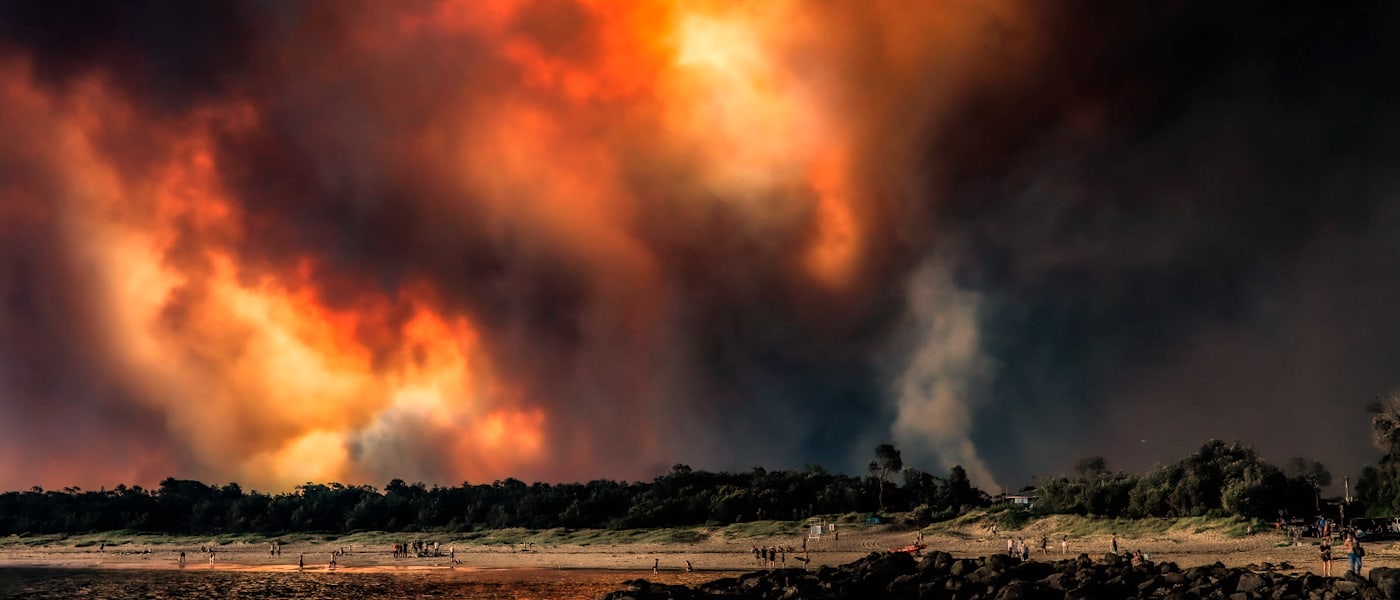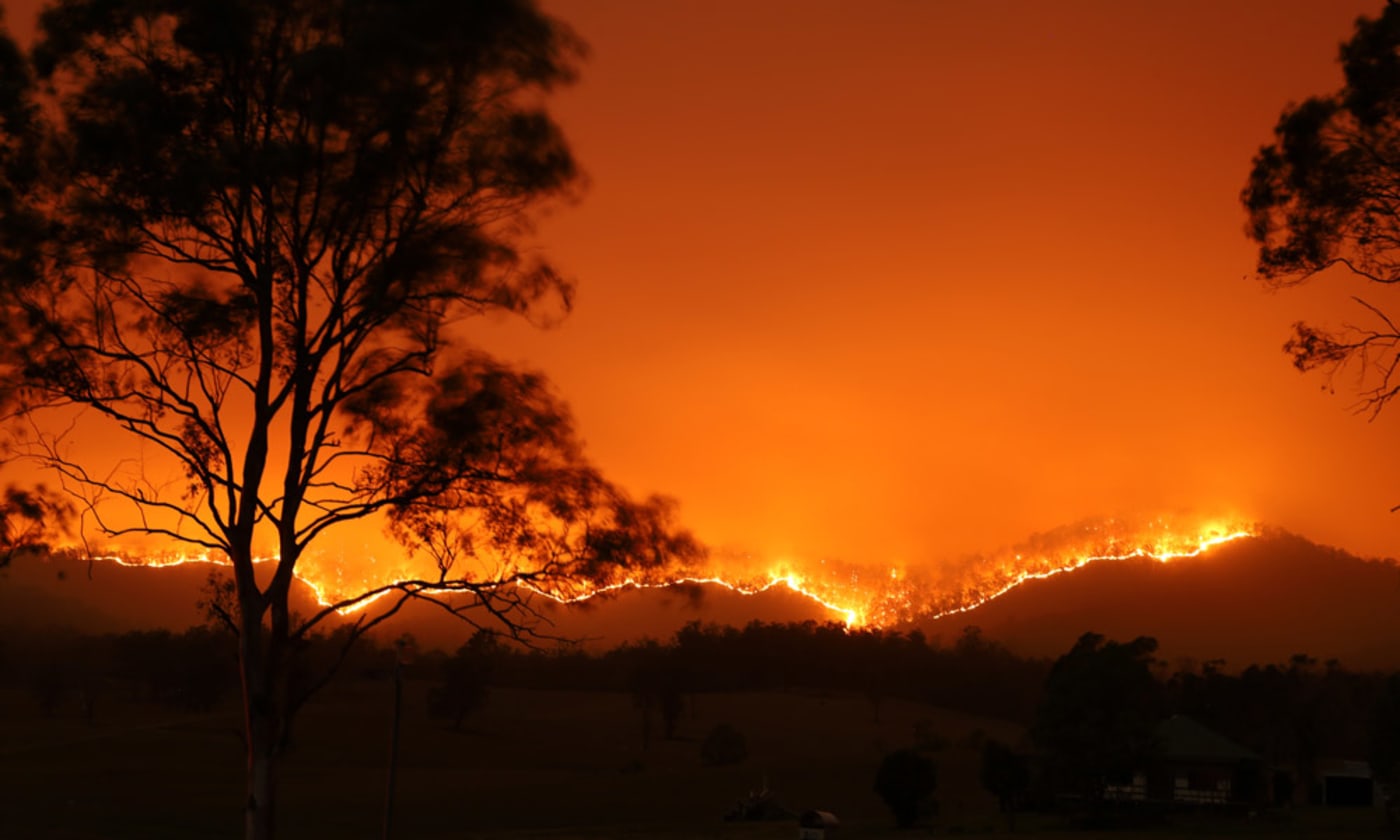Understanding the Relevance of a Comprehensive BAL Assessment Report
Understanding the Relevance of a Comprehensive BAL Assessment Report
Blog Article
The Significance of Bushfire Administration in Fire Security
In the realm of fire protection, the significance of effective bushfire management can not be understated. As communities worldwide come to grips with raising circumstances of wildfires, the proactive method to avoid and minimizing these all-natural calamities with strategic bushfire administration strategies has actually become an essential aspect. Beyond the instant threat to human life and residential or commercial property, the interaction in between bushfire monitoring and environmental preservation, area participation, and environment modification positions intricate difficulties that demand thorough options.
Value of Proactive Bushfire Prevention
Aggressive bushfire prevention strategies are vital in reducing the ruining impacts of wildfires on communities and communities. By taking preventative steps prior to a bushfire occurs, the dangers related to these all-natural calamities can be dramatically decreased. One vital element of aggressive bushfire prevention is gas management. This entails decreasing the quantity of flammable product, such as dead plants and completely dry leaves, that can serve as gas for fires. Gas administration approaches include recommended burns, where regulated fires are deliberately lit to reduce the build-up of flammable material.
Additionally, producing firebreaks - gotten rid of areas where greenery is purposefully removed to develop an obstacle to slow or quit the progression of a bushfire - is an additional important aggressive action. By carrying out these strategies, the spread of wildfires can be limited, protecting both human lives and the setting. Educating the public on fire safety techniques and advertising neighborhood awareness regarding the value of bushfire avoidance are essential parts of positive techniques. Ultimately, aggressive bushfire avoidance plays a considerable role in safeguarding communities and ecosystems from the destructive influences of wildfires.
Duty of Area Involvement in Fire Security
Engaging the neighborhood in fire protection efforts is integral to boosting the performance of proactive bushfire prevention strategies. Community involvement plays a vital role in fostering a collective understanding of the threats positioned by bushfires and the relevance of preparedness procedures. By involving local citizens, authorities can share important information ablaze safety methods, evacuation treatments, and early caution systems, equipping individuals to take proactive steps to secure their buildings and lives.
By cultivating a society of readiness and cooperation, neighborhoods can enhance their ability to react efficiently to bushfire emergency situations, decreasing the influence on lives and buildings. Inevitably, neighborhood engagement is a keystone of thorough fire defense approaches, highlighting the value of collective action in securing vulnerable areas from the risk of bushfires.
Relevance of Wild Animals Conservation in Bushfire Management
Preservation of wild animals plays an essential role in reliable bushfire administration approaches, ensuring the protection of varied environments and biodiversity in fire-prone areas. Wildlife conservation is crucial as it contributes to the general strength of communities, aiding in their capacity to recover and stand up to from the impact of bushfires. By conserving environments and safeguarding numerous species, the natural equilibrium within these environments is kept, which is necessary for their long-term health and wellness and sustainability.
In addition, wildlife preservation likewise aids in decreasing the threat and intensity of bushfires. Healthy ecological communities with well-preserved wild animals populaces can serve as all-natural firebreaks, reducing the spread of fires and restricting their damaging possibility (Bushfire Management Plan). Certain animal varieties, like delving animals or birds that spread out seeds, play one-of-a-kind functions in helping or preventing fires in the post-fire regeneration of habitats
Including wild animals preservation right into bushfire administration techniques is not just necessary for protecting biodiversity but additionally for promoting the total wellness and durability of ecological communities in the face of increasing fire risks.
Advantages of Strategic Gas Decrease Programs
Tactically executing fuel reduction programs is necessary in alleviating the risk and impact of bushfires in fire-prone regions. These programs include regulated burning, mechanical cleaning, and various other methods to decrease the amount of combustible plants offered to sustain wildfires. By tactically minimizing fuel lots in crucial areas, such as close to property neighborhoods or important framework, the intensity and spread of bushfires can be substantially reduced.
Among the main advantages of fuel decrease programs is the enhancement of total fire durability in a community. By creating critical fuel breaks and lowering the connection of greenery, these programs assist to disrupt the path of a bushfire, making it less complicated for firemens to have and snuff out the blaze. Additionally, gas reduction programs can safeguard biodiversity by avoiding excessively extreme fires that can visit their website ravage habitats and endanger wildlife populations.
In addition, these programs can additionally guard human lives and property by lowering the threat of catastrophic fires that present a considerable risk to communities. Ultimately, calculated gas reduction programs play a vital role in aggressive bushfire management and fostering a much safer setting for both individuals and nature.
Impact of Climate Modification on Bushfire Danger

Higher temperature levels cause drier plant life, making it extra at risk to ignition. Decreased rains in specific regions lengthens dry spell conditions, even more raising the flammability of the landscape. Furthermore, the altering environment has actually changed wind patterns and weather, resulting in even more irregular fire actions and fast fire spread.
As the environment continues to transform, the frequency and intensity of bushfires are expected to rise, demanding a positive and flexible method to bushfire management. Approaches should progress to make up the altering risk landscape, incorporating environment projections and thinking about long-term durability in fire management preparation. Resolving the impact of climate modification on bushfire danger is important in establishing reliable strategies to safeguard lives, home, and the atmosphere.
Conclusion
In conclusion, aggressive bushfire avoidance, neighborhood interaction, wild animals preservation, strategic fuel decrease programs, and consideration of environment adjustment are vital parts in effective fire security. By executing these techniques, we can much better take care of bushfire risks and shield both human lives and the setting. Bushfire Risk. It is essential that stakeholders function together YOURURL.com to focus on these steps to minimize the devastating effect of bushfires on neighborhoods and ecological communities

As the climate proceeds to change, the frequency and intensity of bushfires are expected to increase, demanding a flexible and proactive approach to bushfire management.In final thought, positive bushfire avoidance, neighborhood interaction, wild animals conservation, calculated fuel reduction programs, and factor to consider of environment adjustment are critical parts in reliable fire security.
Report this page